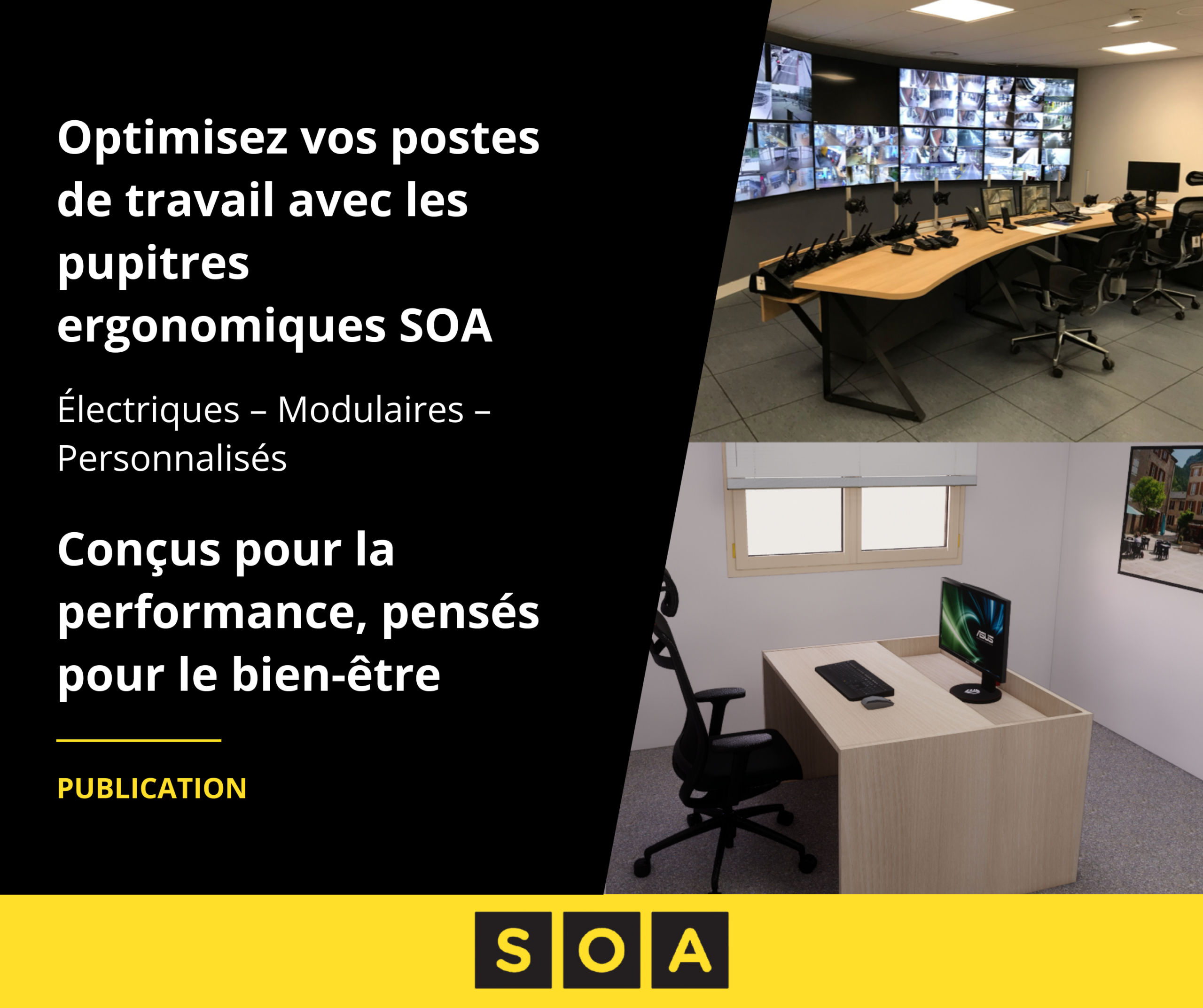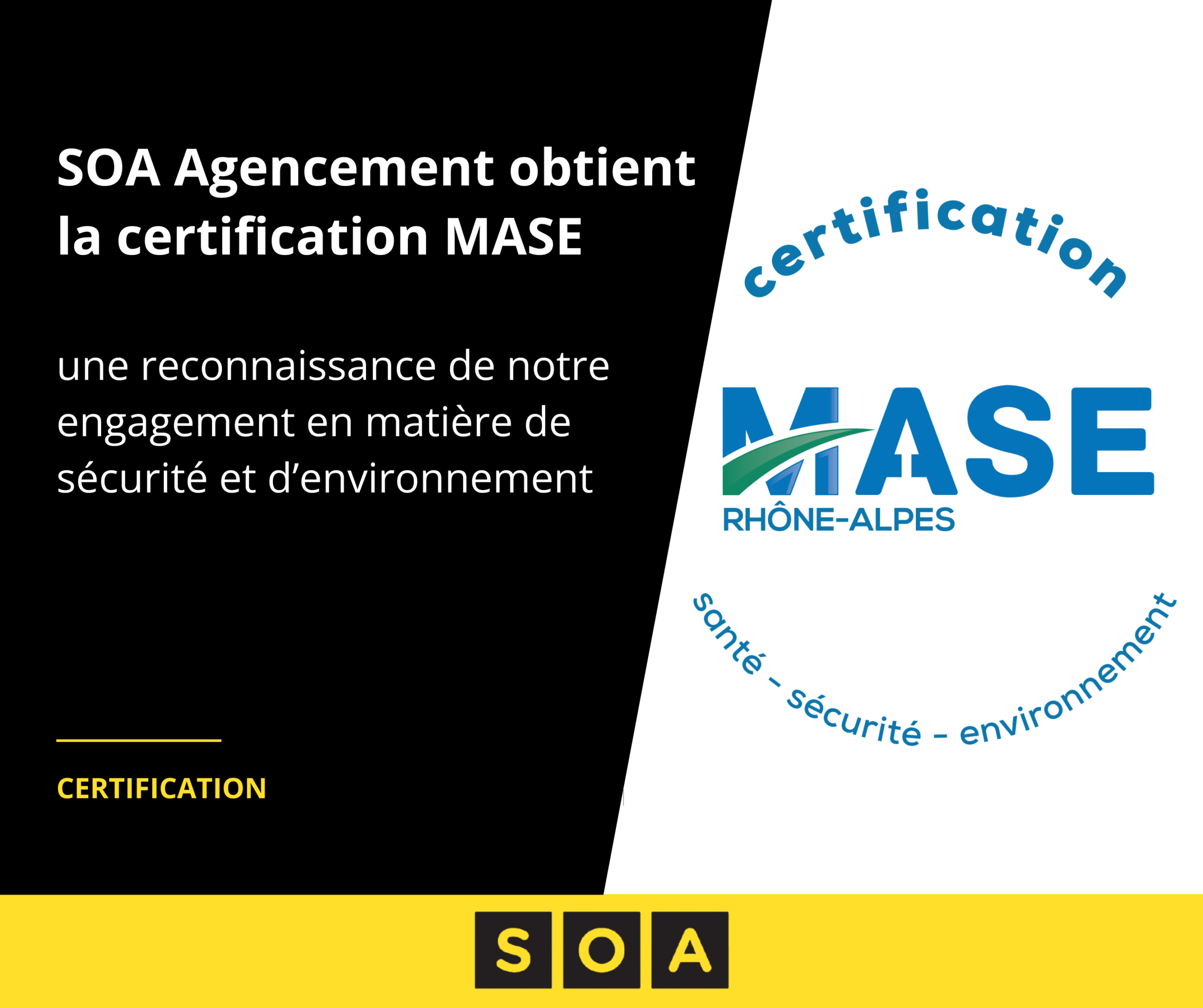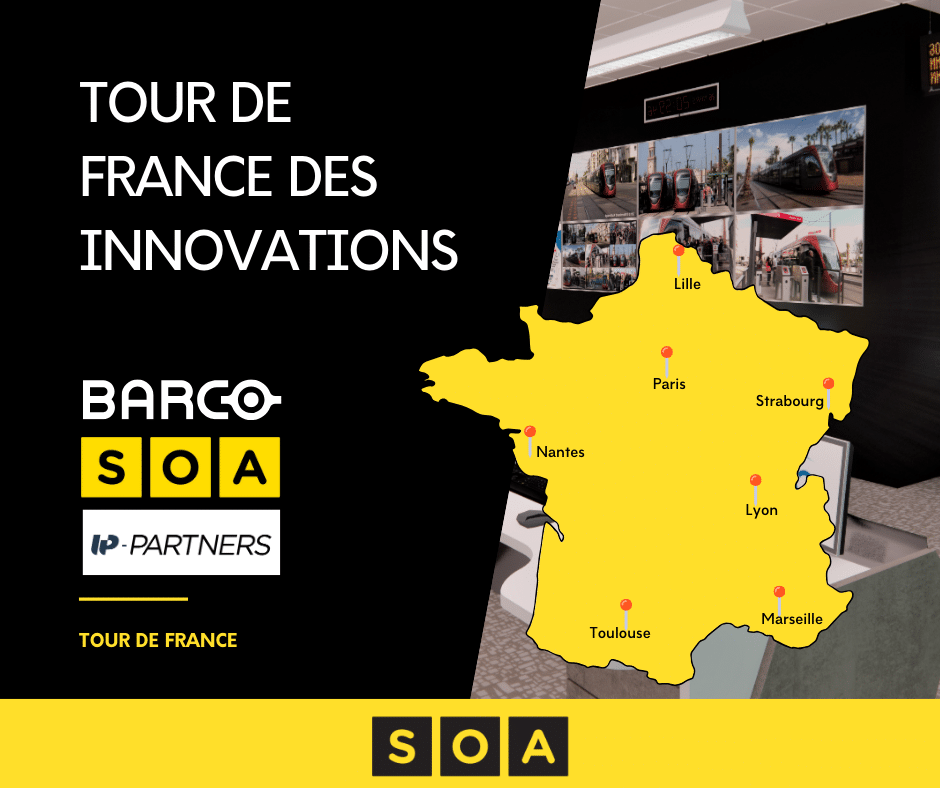Smart cities with a set of connected tools and a centralized supervision interface can access vital information in real time, enabling them to coordinate and improve the quality of urban services.
This centralization of information also facilitates rapid decision-making in the face of difficulties, such as the health crisis currently paralyzing the world. Are smart cities ahead of the game in crisis management?
The rest of the article provides some answers.
Characteristics of a smart city, examples of smart cities
The concept of the smart city is based on the technological and material dimensions that enable the pooling of information for the efficient management of city resources and assets. This is achieved by harnessing information and communication technologies (ICT) and social and environmental capital.
Indeed, to be competitive, a city must not only have a large number of physical infrastructures, but also an efficient social infrastructure, based on high-quality knowledge communication. It's all about fostering interaction between people and their environment.
The aim is to provide a wide range of information on the urban environment, i.e. concrete, accessible and usable information that can be used to improve living conditions for citizens.
According to Rudolf Griffinger, expert in analytical research on urban and regional development at Vienna University of Technology, smart cities can be classified and categorized according to six criteria, which are:
- an intelligent economy ;
- intelligent mobility;
- an intelligent environment ;
- intelligent residents ;
- intelligent living;
- intelligent administration.
It should be noted, however, that setting up a smart city involves huge financial and human resources, as the various electronic data collection sensors need to be installed to obtain information. A centralized supervision interface must also be set up, as in the case of a gigantic control room.
It also involves effective collaboration between different economic players, such as Internet access providers, energy suppliers and others.
Around the world, cities such as Taipei in Taiwan, Pittsburgh in the USA and many others are already considered smart cities. In France, the city of Dijon is one of the pioneers of smart cities.
Why are information and communication technologies an asset in crisis management?
A smart city is characterized by its ability to collect and make available, in real time, information relevant to city governance.
It also means involving citizens in improving their quality of life, by making them more responsible for their environment.
Thanks to information and communication technologies, which encompass digital media, information devices, the Internet and other means of communication, it is possible to group together a vast amount of information and collect data, enabling the creation of "Big Data".
If, in "normal" times, analysis of the most relevant information promotes better urban management, by enabling territorial administrators to improve existing services, in times of crisis, the "fresh" nature of the information enables rapid reaction.
It's possible to quickly assess the actual situation and act accordingly. In the event of a disaster (natural or following an attack, for example), local administrators can quickly set up new services to help or reassure their citizens.
Thanks to information and communication technologies, citizens are able to access information quickly and become active players in improving their daily lives. By calling a toll-free number, for example, they can express their concerns to those in power, who in turn can adjust their actions.
An intelligent city is one that relies on the effectiveness of information and communication technologies to promote urban development and make human development more effective.
On Dijon, better health crisis management
With 140 kilometers of fiber optic cable connecting urban facilities, Dijon is a pioneer in the field of connected territories.
The OnDijon project, which cost no less than 105 million euros and is being rolled out over 12 years, has proved to be an effective tool for managing the health crisis linked to the spread of the new Coronavirus, SARS-CoV-2.
Indeed, according to the elected representatives, who are on the front line in the fight against this virus, OnDijon has not only enabled them to monitor the management of urban facilities and security, but also to assess the stakes involved in centralizing data and the actions to be taken.
The City of Dijon's Connected Control Station (CCS) facilitated crisis management by enabling rapid decision-making. Employees were able to work together in the same control room, sharing the information essential to decision-making.
Call on professionals like SOA to set up a connected, centralized control center
Setting up a connected control center is a major project requiring the collaboration of several development players. It's a complex system that must not only enable citizens to participate in the life of the city, but also promote enlightened management of the city's natural resources and social and intellectual capital.
To ensure the success of this large-scale project, it's best to call on professionals with a proven track record in fitting out command and control centers.
Professionals like SOA, who have already worked with local authorities, are able to provide effective solutions tailored to the needs of the locality benefiting from the project.
SOA has set itself apart from its competitors by setting up control rooms or supervision rooms, and by pooling several control stations. SOA's achievements have effectively improved public action by facilitating responsiveness and decision-making.






